Best tents for camping in 2024
The best tents for pitching up in the wild
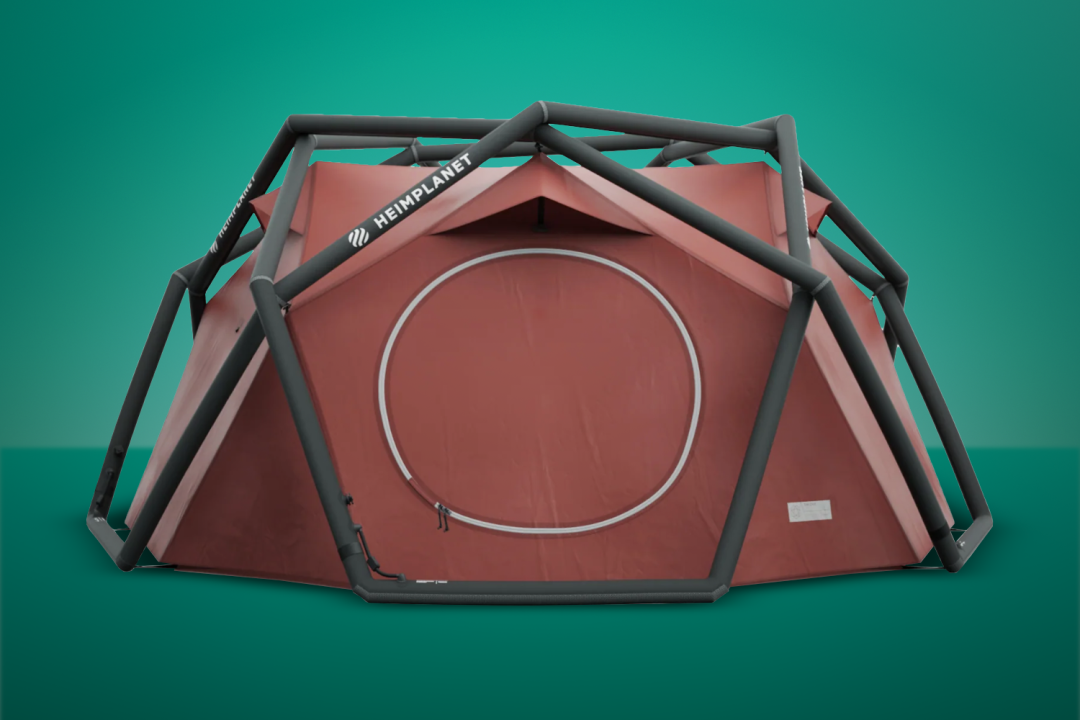
Whether you’re sleeping solo or pitching up with your whole hiking crew, the best tents give any campsite experience an instant upgrade. And if you’re looking for the right way to spend a night under canvas, these shelters have got you covered.
From backpack-friendly tarps to refuges that can fit the whole family, the round-up below features our pick of the best tents for every kind of camper. You’ll find pop-ups, teepees and even an inflatable numbers.
Not sure which pitcher to pick? Besides our favorite tents for every need and budget, we’ve also shared a few tips to help you decide which canopy’s right for you.
The best tents you can buy today
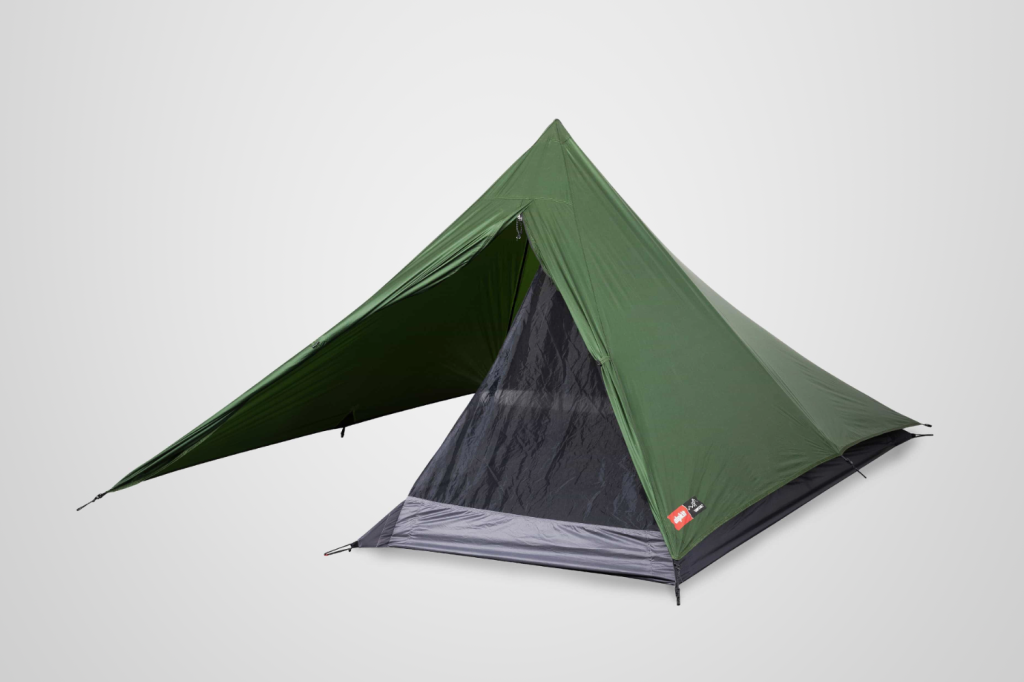
The trekking tarp: Alpkit Tarpstar 1
Every gram matters when you’re trudging towards your Gold Duke of Edinburgh’s Award. Want featherweight protection from the elements? Ditch the inner compartment and this waterproof tarp adds just 500g to your load. Include the mesh section to keep bugs at bay and you’ve still got a streamlined shelter: pegged in, the pyramid pitches with one of your hiking poles.
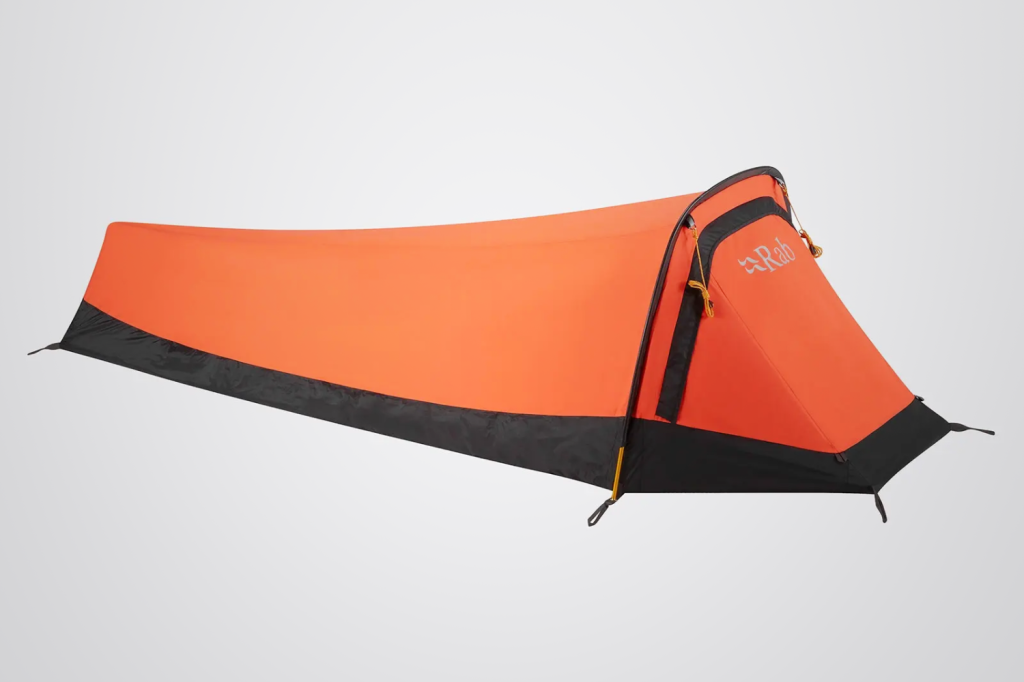
The backpack bivvy: Rab Ridge Raider
Seasoned adventurers can make a shelter using three sticks and some fern leaves. If the results of your bushcraft are more bare chills than Bear Grylls, add this single-skin bivouac to your pack. Lightweight at 890g, an overhead hoop and foot pole combo make it roomier than a simple survival sack. Its mesh door panel offers ventilation while keeping the dreaded midges at bay.

The handlebar hideaway: MSR Hubba Hubba 1
Between inner tubes and multi-tools, pannier space is at a premium when you’re bikepacking across the country. Fit for a single cyclist, this 900g number packs down small and straps to your handlebars. Optional spacers make room for your bell, while short poles fit neatly between the grips. Once it’s pitched, a clothesline inside helps dry your lycra after a long day in the saddle.
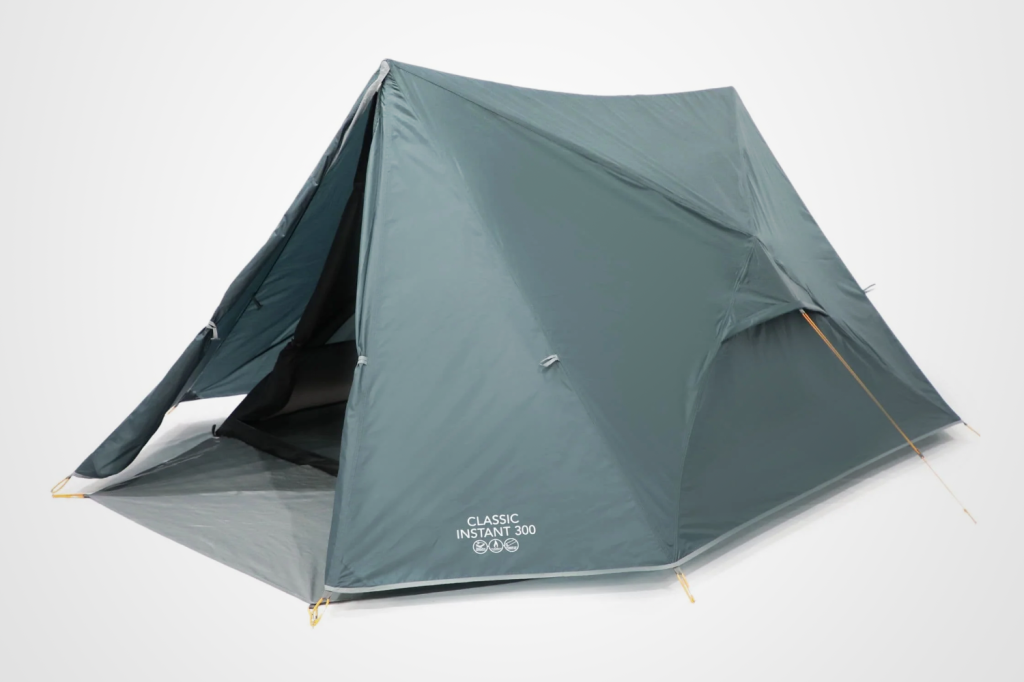
The pop-up pitcher: Vango Classic Instant 300
Most pop-up tents have the structural rigidity of a breadstick. Not this quick-pitch canopy: thanks to umbrella-like frames on either side, it’s rapid to erect yet stable once up. Locked in place, the internal hubs not only help the A-frame stay in place without a web of guy lines, but also stop the walls from closing in – until it’s time to take it down.
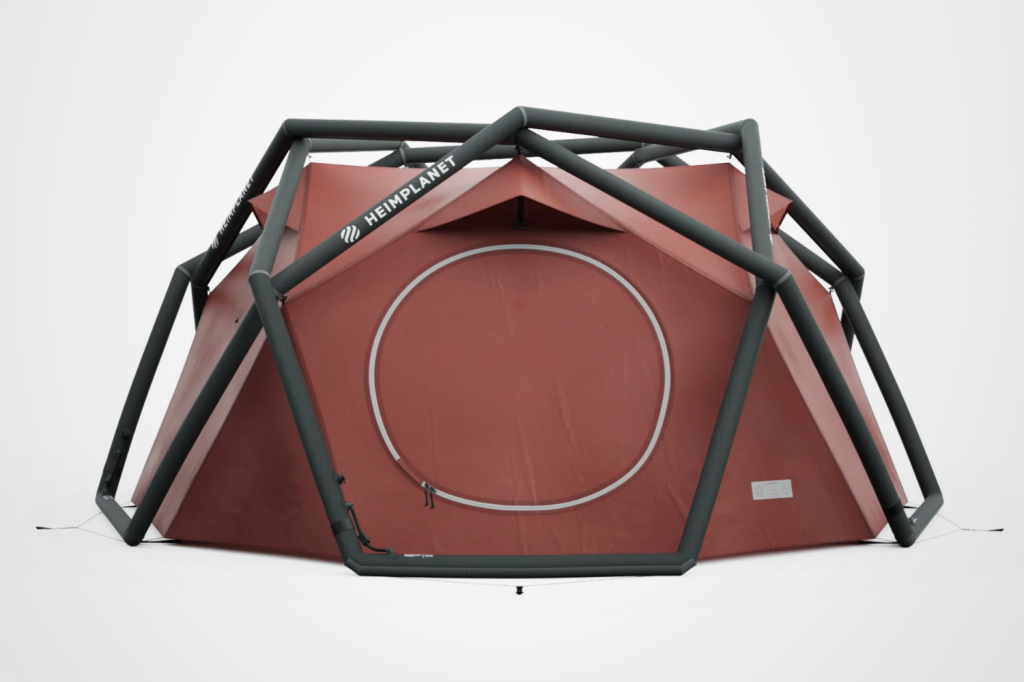
The blow-up basecamp: Heimplanet The Cave XL
Everest or Exmoor, hostile environments require sci-fi solutions. Fit for Hoth and styled like something from Dune, the Cave XL can shield squads of three in the harshest surroundings. After one-off assembly, pitching is simply a matter of inflating the signature exoskeleton. From flat to full in less than a minute, its geodesic structure stands firm in all four seasons. Seal the circular portal and, while it won’t deflect blaster fire, it will hunker through the bitterest conditions.
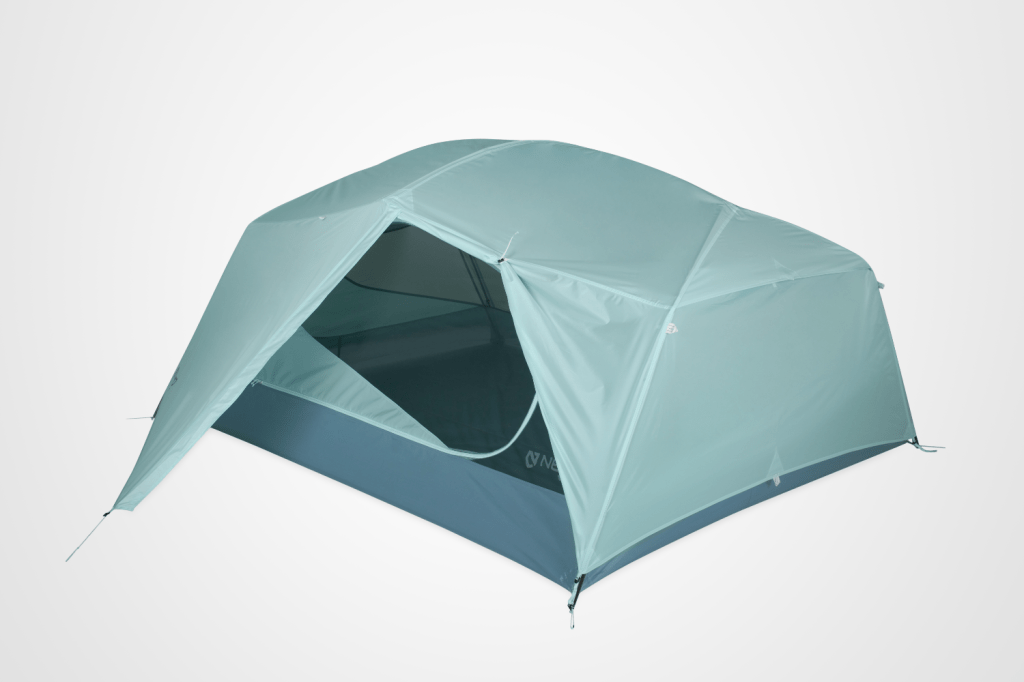
The roomy roamer: Nemo Aurora
A cocoon might keep you cosy, but limited headroom won’t help when it’s time to change for dinner round the campfire. Want a sit-in wardrobe? Try this flat-sided shelter. Backpack-friendly yet roomier than most, its vertical walls max out the internal volume, giving you more room to manoeuvre. Large doors make access a cinch, while mesh pockets let you stash your stuff.
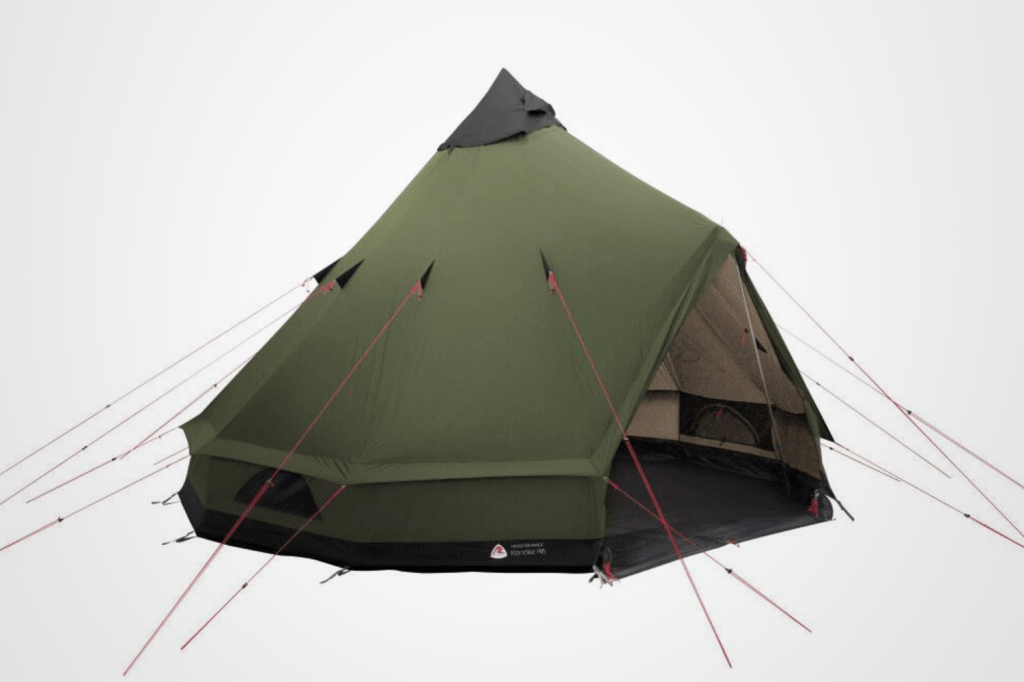
The team teepee: Robens Klondike PRS
Traditional teepees are hewn from buffalo hides. This modern version swaps pelts for polyester, but keeps the communal vibe. With space for six sleepers around the central pole, it features a lantern hanger for late-night storytelling and a printed star chart for gazing with your mates. An optional porch extends the entrance, while the Grande version can take two more of your mates.
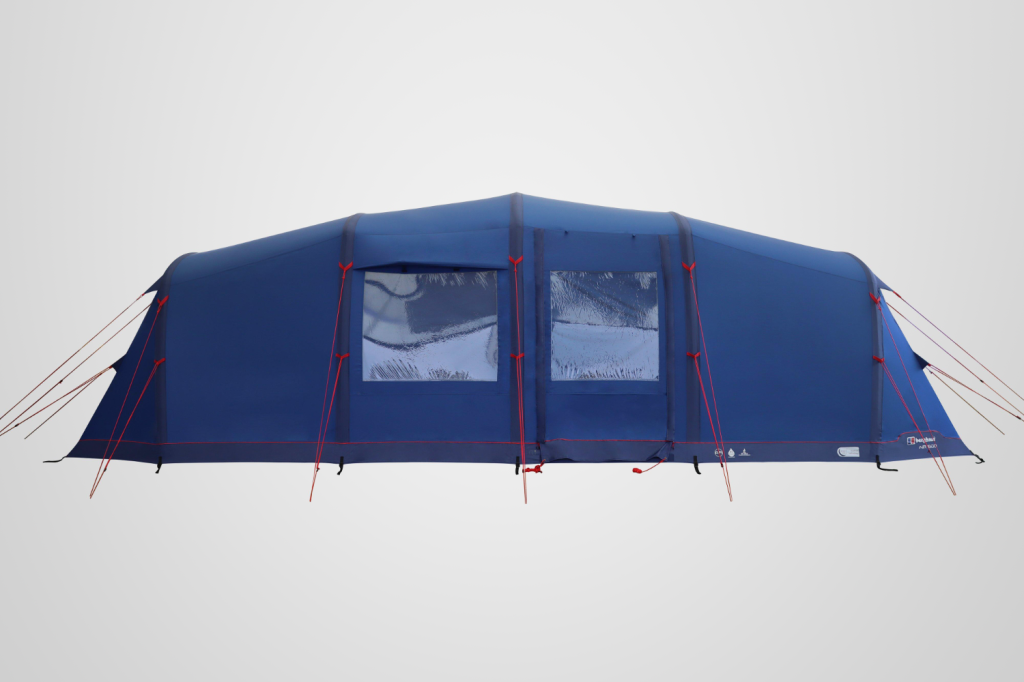
The dimmed den: Berghaus Air 600 Nightfall
Arguments are as much a part of family camping as torrential rain and toasted marshmallows. Thankfully, inflatable beams mean this pitcher has no poles to quarrel over, plus both of its built-in bedrooms are darkened for longer lie-ins. If extra Zs aren’t enough to diffuse the tension, factions can be kept apart by dividing the living room in two – with separate doors on either side.
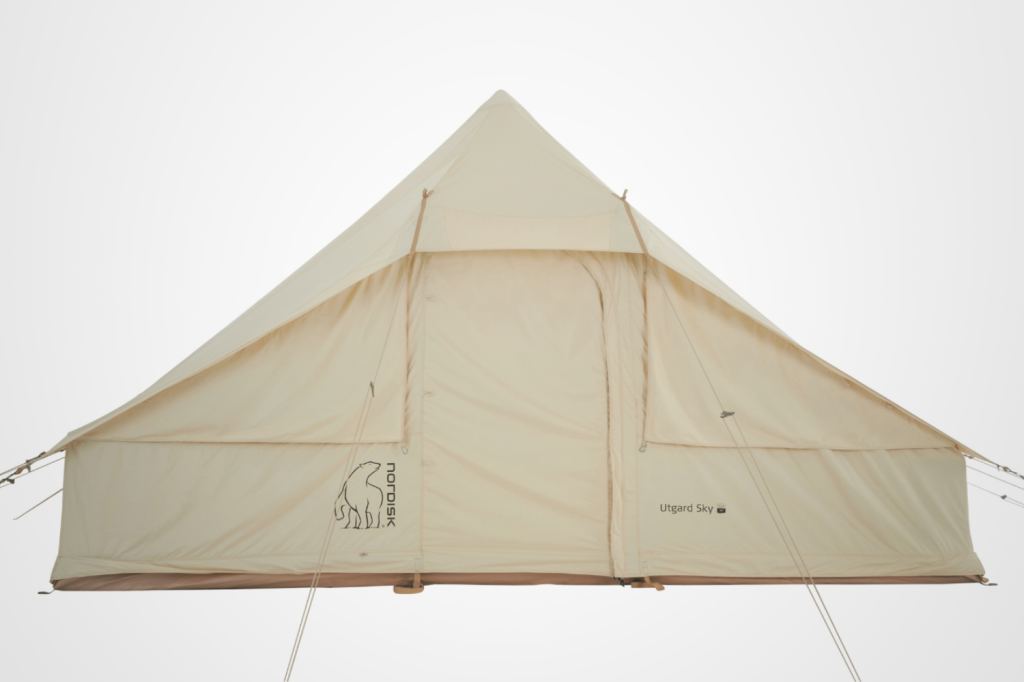
The canvas cabin: Nordisk Utgard Sky
Few things evoke scouting nostalgia like six people kipping in a classic cotton tent. But unless you want stale air to spoil the sentiment, you’ll need to earn your ventilation badge. Luckily, this traditional pitch has a trick in its wing: unzip one half from the floor and prop its corners to create a covered porch that’s open to the great outdoors. E handy if you’ve picked a scenic pitch.
How to choose the best tent
Looking to buy the best tent but don’t know where to start? Here are some things to consider:
- Capacity: Capacity estimates are often on the sardine can side of optimistic. If you’re travelling with gear or prefer a bit more personal space, it’s usually better to go one size up from your person count.
- Waterproofing: Any tent’s your friend when the weather’s set fair, but only some can handle hardcore conditions. Three-season tents are built waterproof but lightweight, while sturdier four-season shelters are made to withstand winter wind.
- Breathability: Waterproof fabric might stop you getting wet, but a completely sealed skin will soon make things stale. Some tents use breathable materials to aid ventilation, while others feature mesh panels for better airflow and less condensation.
- Shape: Not all shelters are shaped the same. Taller walls mean more headroom, while lower profiles sit tight in the wind. Floor dimensions matter, too: some taper to save fabric; others let lankier campers stretch their legs.
Now check out Stuff’s guide to the best camping gear and festival accessories.ne



